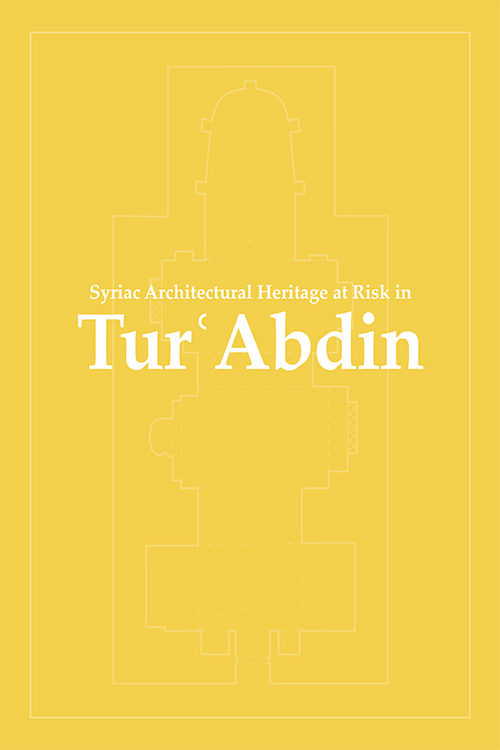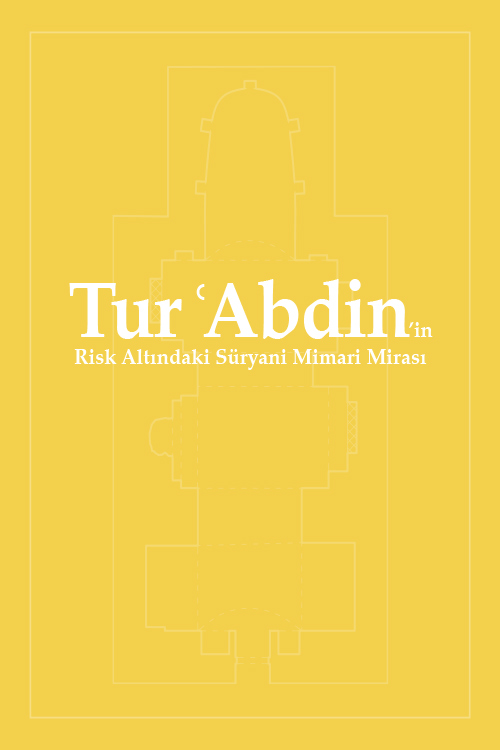Reports
Click image to access.
All monuments issued in this website are registered by Ministry of Culture and Tourism (Turkey).
360s
Click image to access.
All monuments issued in this website are registered by Ministry of Culture and Tourism (Turkey).
Monastery of Mor Abay, Qelleth (Dereiçi)
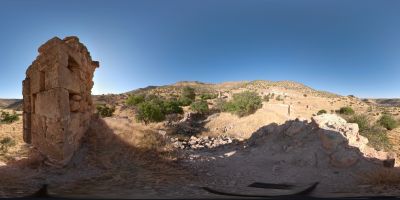
Church of Ambar
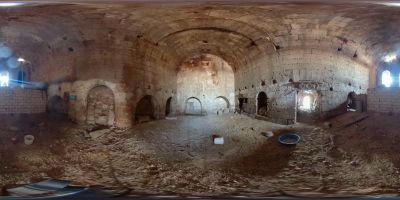
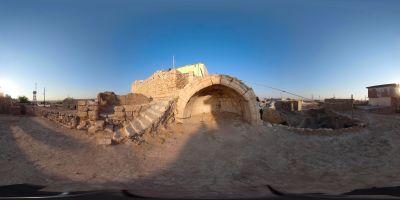
Church of Mor Sobo, Hah (Anıtlı)
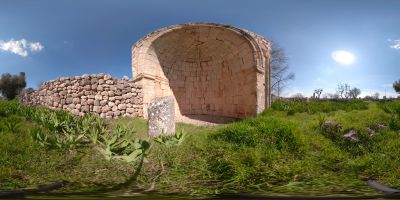
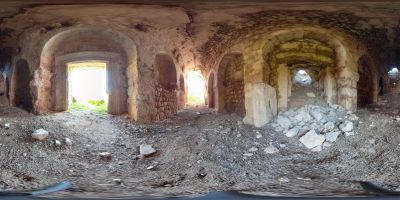
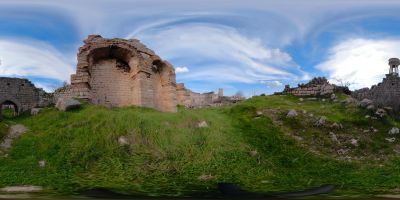
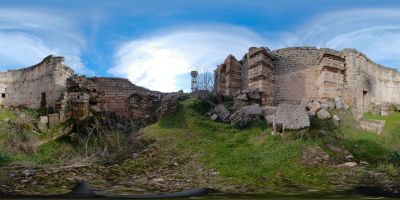
Church of Yoldath Aloho (Virgin Mary), Kfarzo (Yenipinar)
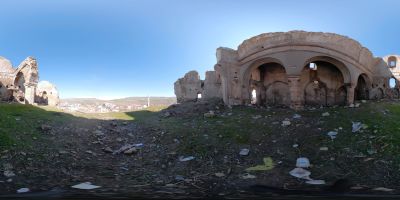
Monastery of Mor Barsaumo, Salah (Barıştepe)
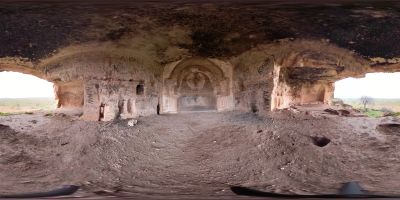
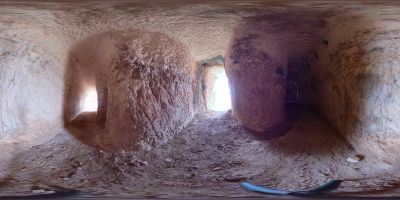
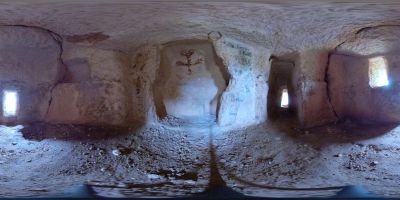
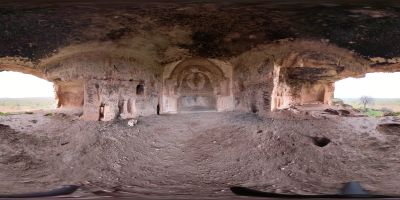
Monastery of Mor Aho/ Dayro da-Slibo/ Der el-Muhr, Difne (Üçyol)
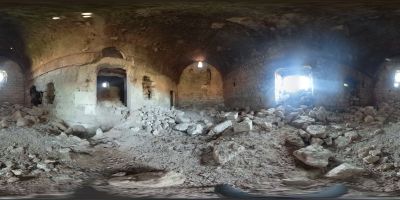
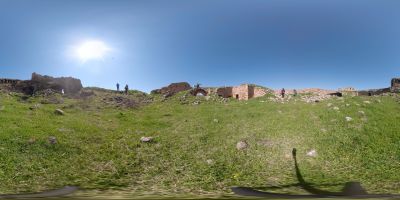

Monastery of Mor Yuhannon, Hah (Anıtlı)
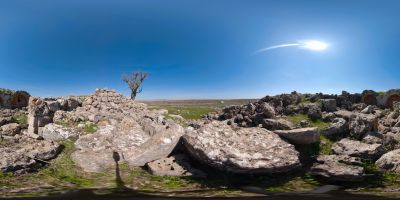
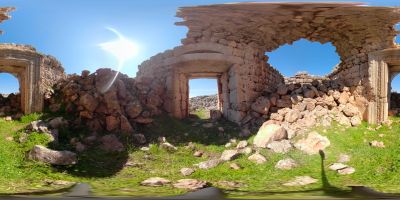
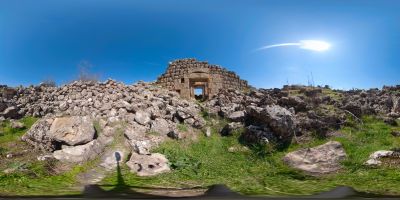
Monastery of Mor Quryaqos/ Dayr al-Qira, Zargel (Ayrancı)
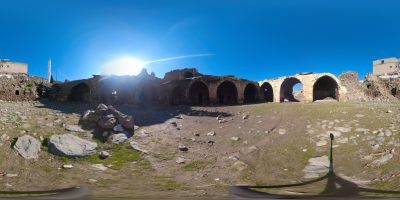
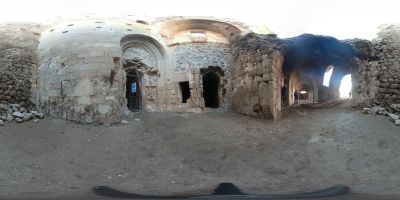
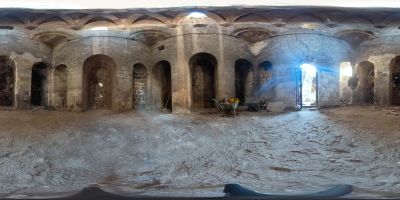
Monastery of Mor Yoreth Alexandroyo, Der Chapke, Mʿarre (Eskihisar)
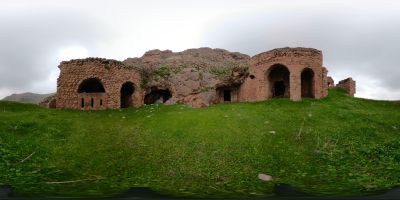

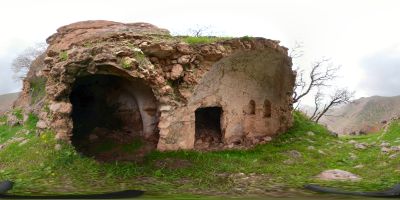
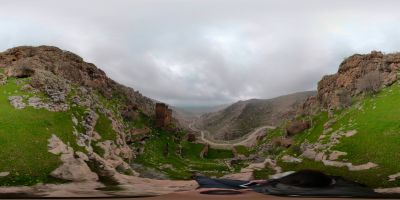
Monastery of Mor Maryam Magdloyto, Hah (Anıtlı)
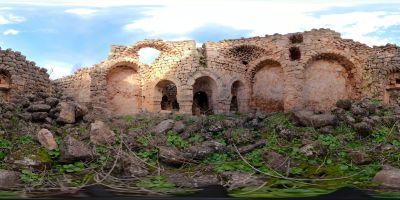
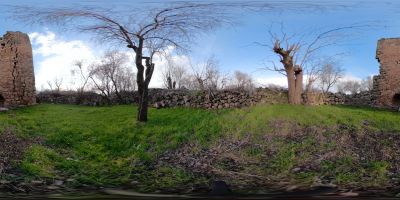
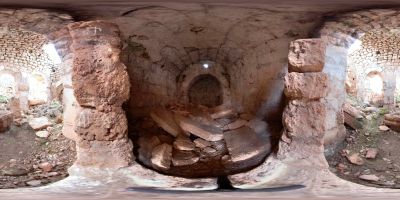
Monastery of Mor Loʿozor, Habsenas (Mercimekli)
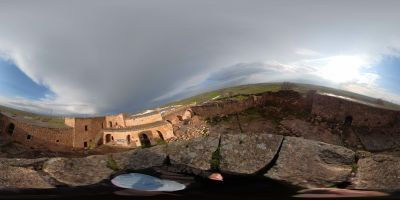
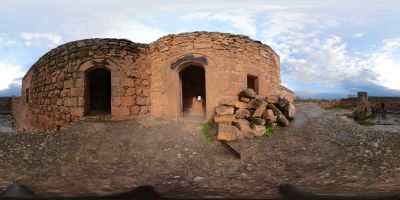
Monastery of Mor Yuhannon Tayyoyo, M'arre (Eskihisar)
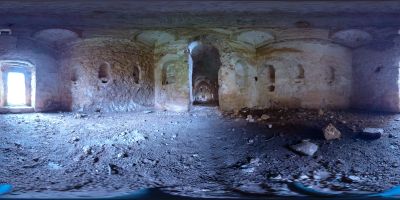
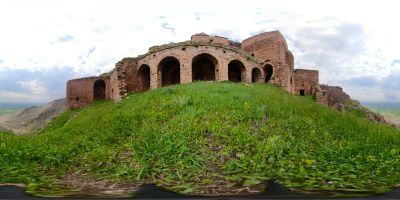
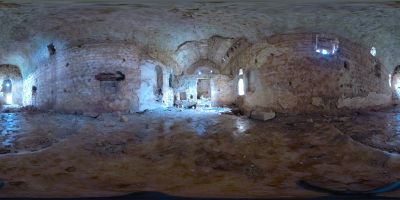
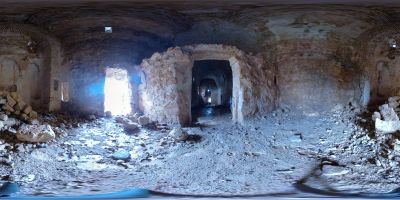
Monastery of Mor Shem'un/ Dayro d-Il, Derdil (Gönüllü)
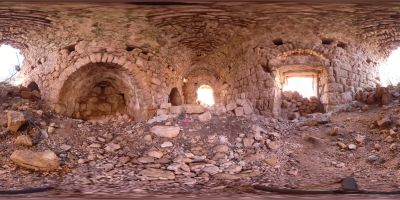
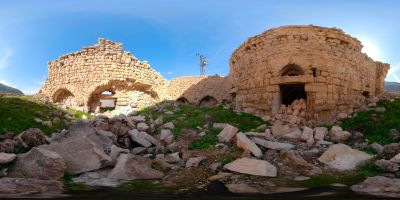
Monastery of Mor Holo, Salah (Barıştepe)
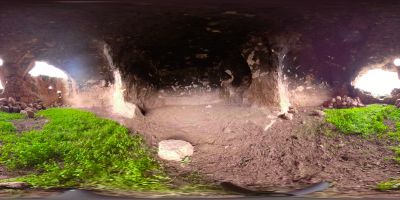
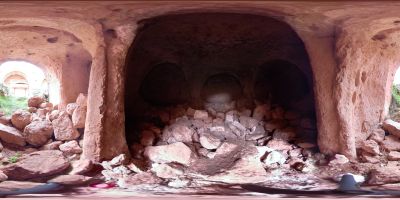
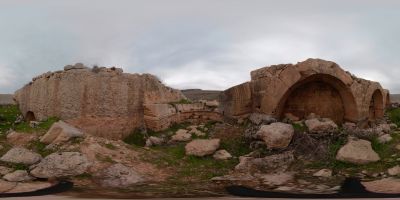
Monastery of Mor Mushe, Kfarze (Altıntaş)
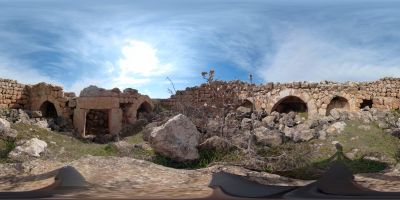
Dayro d-Moshokh, Nawale/Nabula (Beyazsu)
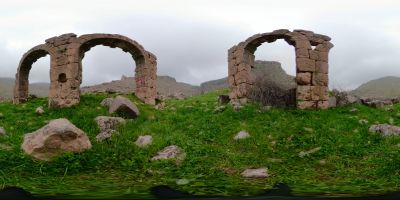
Monastery of Mor Abraham of Kashkar, M'arre (Eskihisar)
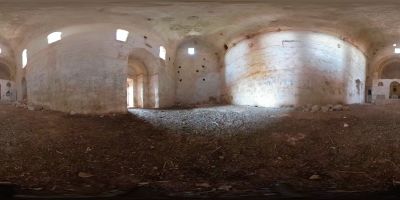
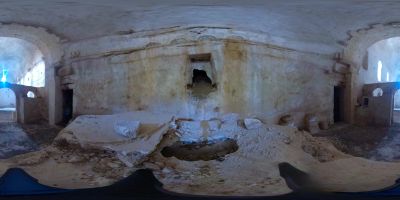
Monastery of Mor Ya'qub of Serugh, Benabil (Bülbül)
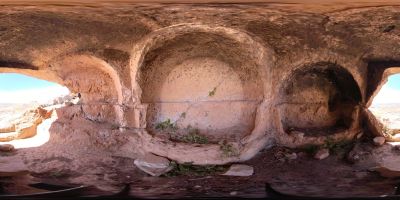
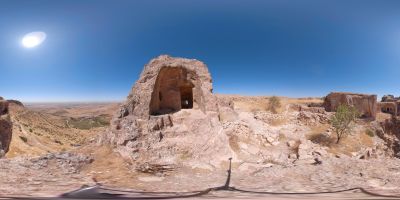
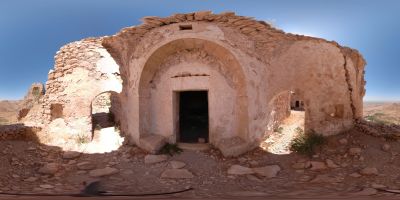
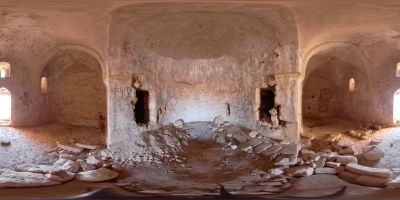
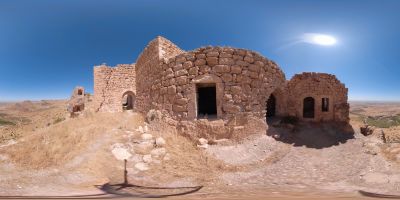
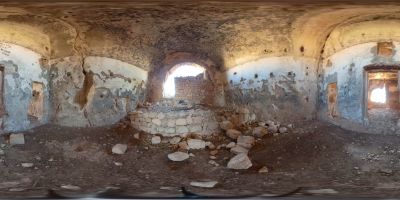
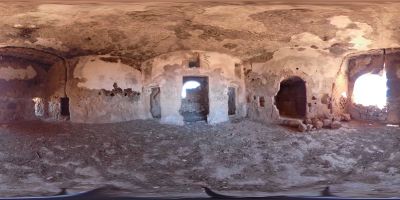
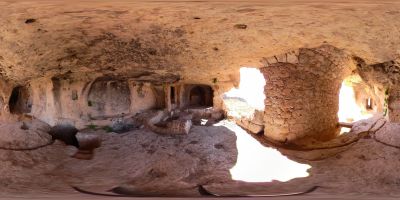

Monastery of the Virgin Mary/ Dayro d-Yoldath Aloho d-Notfo, Qal'at al-Mar'a (Eskikale)
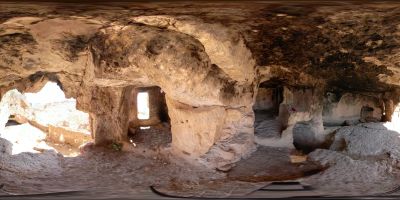
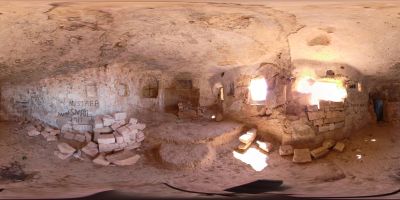
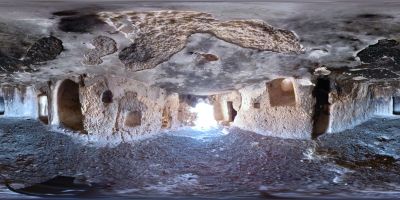

Church of Yoldath Aloho, Sarhavdana, near Der Qubbe (Karagöl)

Monastery of Mor Aho/ Bnoyel/ Dayro da Fnoth/Der Pum/Der Pu'e, Beth Man'em
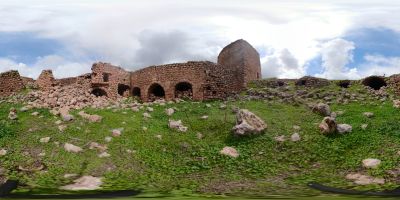
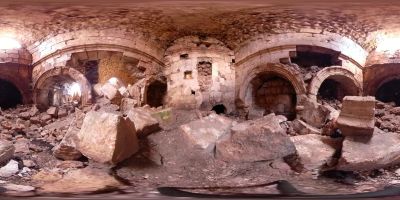
Church of Mor Barsaumo, 'Ayn Wardo (Gülgöze)
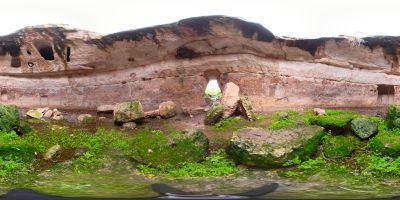
Church of Mor Addai, Beth Ishoq (Başakköy)
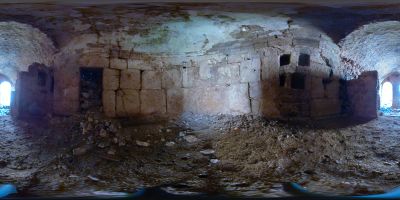
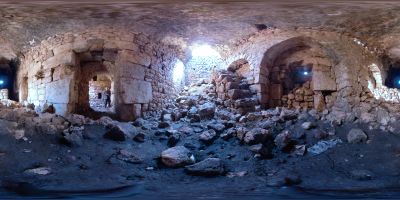
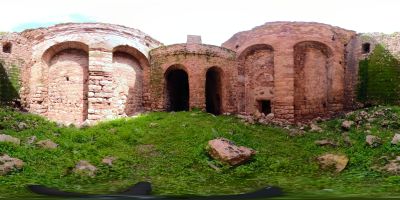
Church of Kundel, near 'Urdnus (Arnas/Bağlarbaşı)
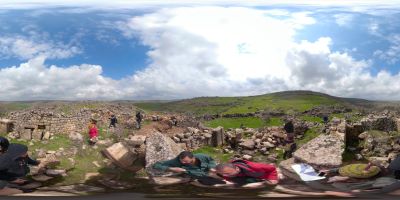
Monastery of Mor Abhay, Beth Man'em
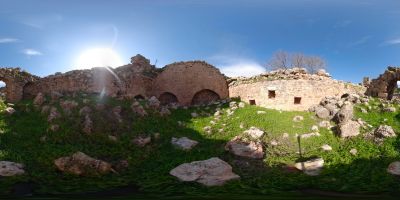
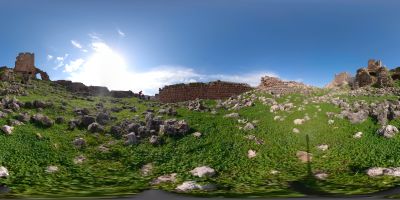
Monastery of Mor Yuhannon of Kfone, Derikfan (Nurlu)
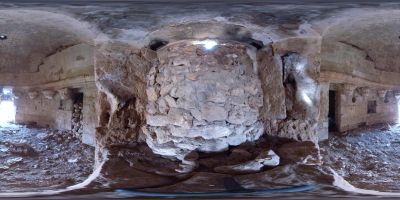
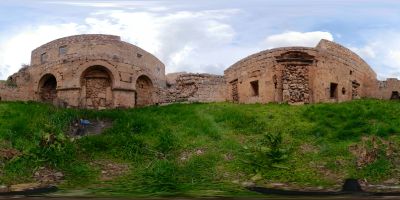
Church of Mort Saro, Baskil/Beth Sqole (Kısmetli)
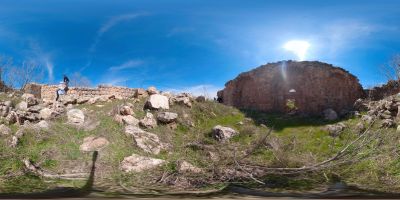
Church of Mor Gewargis, 'Arbaye (Alayurt).
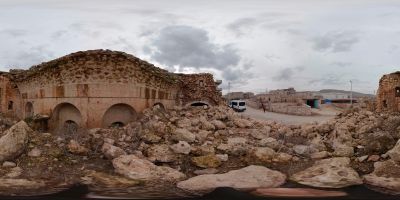
Church of the Forty Martyrs, M'arre (Eskihisar)
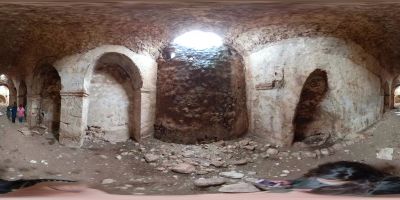
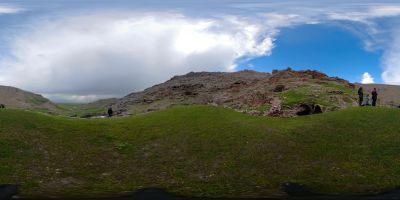
Church of Mor Sobo, 'Arbaye (Alayurt)
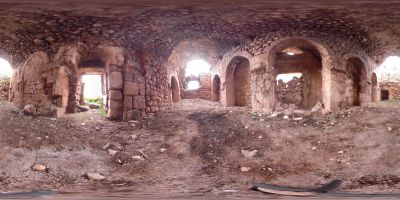
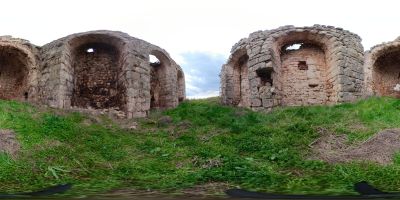
Church of Mort Shmuni, Asit (Altıyol)
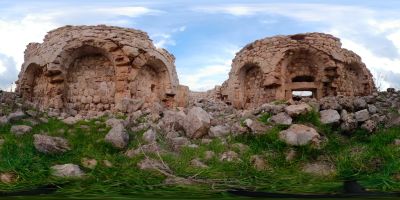
Church of Mor Shemʿun, Beth Qustan
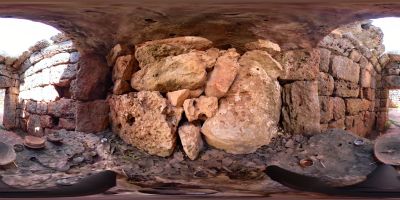
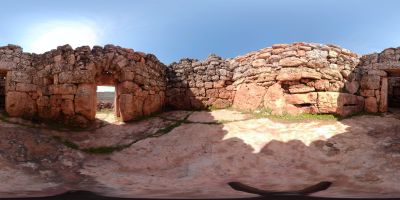
Monastery of Mor Barsaumo, Kafro 'Eloyto (Arıca)
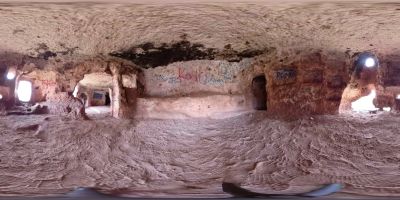
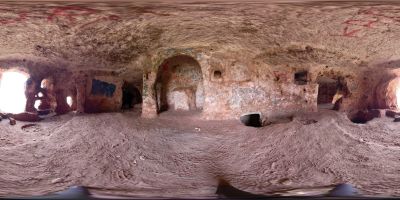
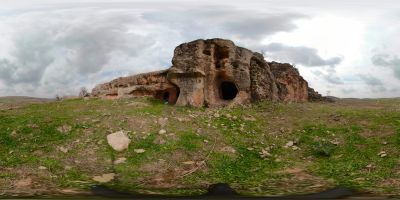
Monastery of Mor Shem'un/ Der Bazizke, Rowen (Karalar)
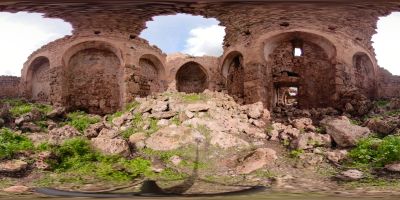
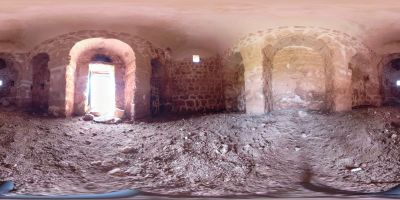
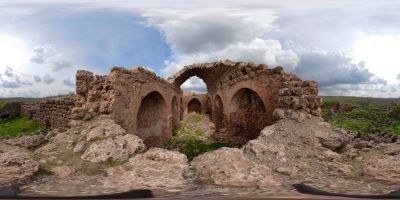
Monastery of Shumrin, district of Nusaybin
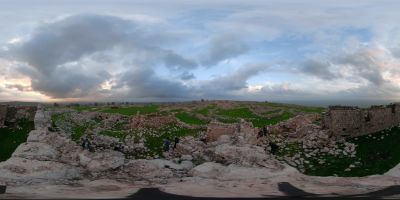
Church of Mor Barsaumo, Bakısyan (Alagöz)
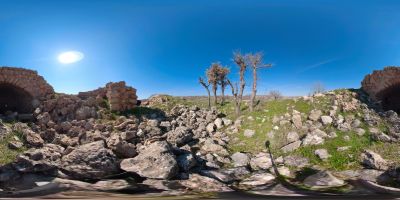
Church of Mor Bobi, Marbobo (Günyurdu)
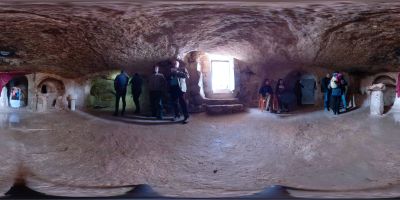
Deyr Kubbuk, Kubekke

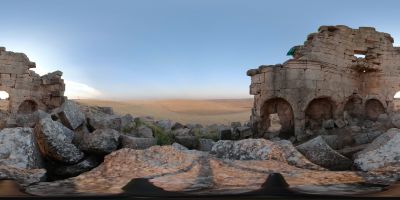
Church of Yoldath Aloho, M'arre (Eskihisar)
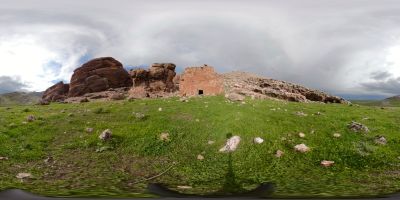
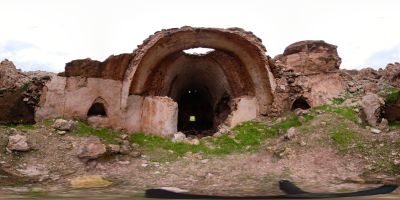
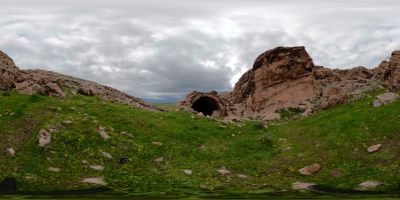
3D models
Click image to access.
All monuments issued in this website are registered by Ministry of Culture and Tourism (Turkey).
Monastery of Mor Abay, Qelleth (Dereiçi)
Church of Mor Sobo, Hah (Anıtlı)
Church of Yoldath Aloho (Virgin Mary), Kfarzo (Yenipinar)
Monastery of Mor Barsaumo, Salah (Barıştepe)
Monastery of Mor Aho/ Dayro da-Slibo/ Der el-Muhr, Difne (Üçyol)
Monastery of Mor Yuhannon, Hah (Anıtlı)
Monastery of Mor Ya'qub of Serugh, Benabil (Bülbül)
Monastery of Mor Maryam Magdloyto, Hah (Anıtlı)
Monastery of Mor Lo'ozor, Habsenas (Mercimekli)
Monastery of Mor Holo, Salah (Barıştepe)
Virtual Reality
Click image to access.
All monuments issued in this website are registered by Ministry of Culture and Tourism (Turkey).
Church of Mor Sobo, Mardin, Midyat, Hah (Anıtlı) Village
Mor Lo'ozor Monastery, Midyat district, Habsenus (Mercimekli) village
User environment
Click image to access.
All monuments issued in this website are registered by Ministry of Culture and Tourism (Turkey).
